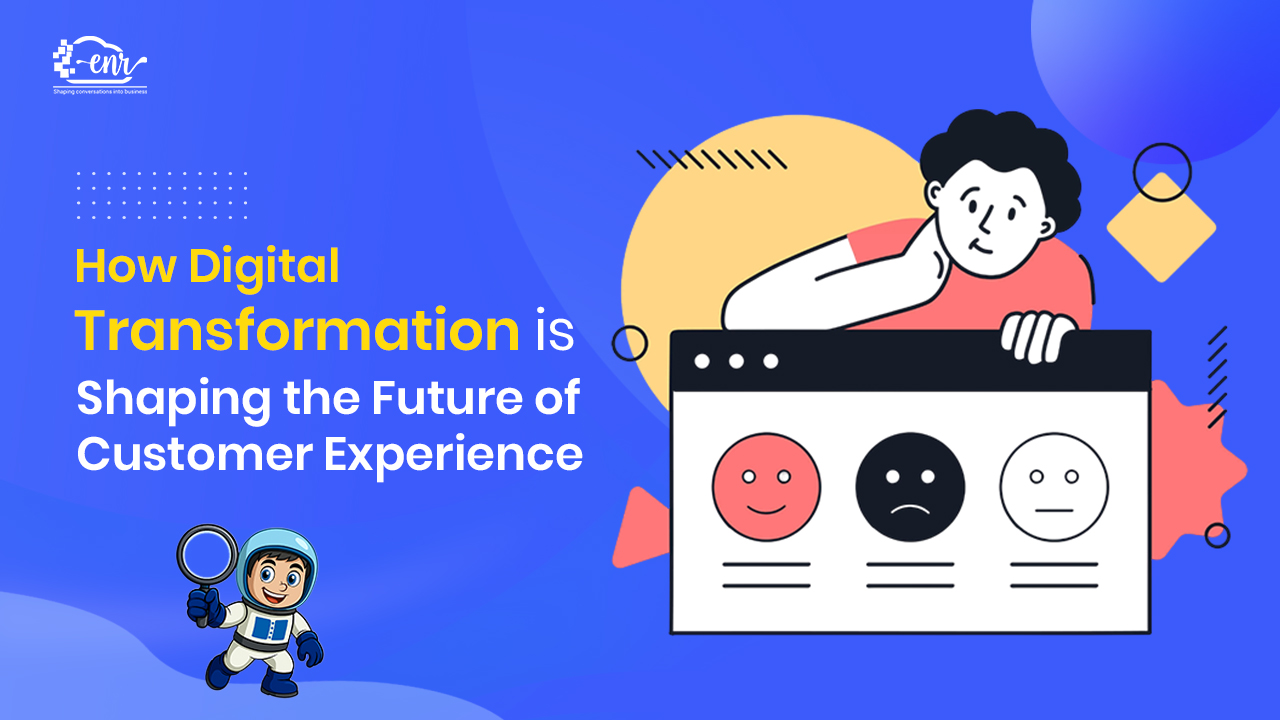Table of Contents
ToggleIntroduction
Leveraging data to make decisions is the difference between guesswork and growth in business as well as personal lives. Advent of AI, automation has made it easy to access real-time people data at your fingertips. Data-Driven Decision Making (DDDM) has become an essential tool to boost efficiency, optimized all business operations and customer experiences and drive profitability.
While the traditional way of relying on intuition or the ‘gut’ feeling is good, data-driven decision making is more precise and objective, leading to informed and strategic decisions for long-term success. In this article we talk about the advantages of data-driven decision making, how to use the big data effectively and some real-world data-driven decision-making examples used by successful companies to gain a competitive edge.
Traditional methods of making decisions based on wisdom, experience and gut feeling included a lot of risk and put tremendous pressure on decision makers with a high probability of harm due to poor decisions. The modern world is unpredictable, with its tendency to change frequently making the traditional methods riskier. Today, using data to drive the decisions reduces the risk of human error, and data-driven decision making leads to
- 23 times more customer acquisition
- 6 times increased customer retention
- 19 times more profits
What is Big Data?
The buzzword of ‘big data’ is the term given to the digital insights and information that is available online. This is usually in the form of structured information using the power of artificial intelligence and enables the users to make informed decisions with confidence.
This data includes metrics, facts, figures, or insights and is presented in a form that aligns with your aims, goals, or initiatives to help it move forward. If it is not so yet, then big data should be in the heart of all your strategies, activities, and operations.
What is Data-Driven Decision Making?
DDDM is analyzing, measuring, and applying the data accurately and making strategic decisions that are not only dynamic but also form a stable backbone for business operations. Data-driven decision making includes important components such as identifying patterns, predicting outcomes and testing scenarios (validating an action) before committing to a decision.
Data has been used in business decisions for centuries. Did you know that there are 2.5 quintillion bytes of data generated each day? Therefore, for a business to collect, analyze, and interpret data in to reach actionable insight has become easier than ever. It might sound simple enough, but it is a complex process involving many steps,
Including:
- Data collection from various sources that is relevant to the particular business.
- Data cleaning, i.e., removing the dirty data and storing it for analysis.
- Data analysis to make it comprehensible for the experts.
- Data visualization which highlights the patterns and insights from the analysis.
How the data is incorporated in the business depends on many factors, the most important being the business goal. For example, a company might collect customer preference data to launch a new product or service and test it in the demographic data.
Benefits Of Data-Driven Decisions

Businesses worldwide are utilizing the big data results to make decisions and formulate strategies because
- Data is objective and unbiased based on statistics and numerical data.
- It can be easily evaluated on predefined metrics.
- It gives greater control over the direction the business is taking because of measurability.
- Data helps businesses gain more agility, identify new segments and opportunities, and even proactively address issues, and respond to market changes swiftly.
- It is transparent and accountable, and data-driven decisions are based on more information rather than intuition.
- Data is versatile and can be used in virtually any area of business, from operations to customer service, and from sales to expansion.
Advantages of Data-Driven Decision Making and Data-Driven Decision Making Examples
Improved Accuracy Reduced Risks
Data-driven decision making is precise, as it is based on concrete, reliable, and real-time data, making it better than assumptions.
Example: Bajaj Finserv uses credit risk analysis which is AI powered to assess loan applicants, check credit scores, and transactions history to approve or reject loans in minutes. The customer gets quick service, and Bajaj Finserv’s data-driven decision making reduces the risk of bad loads and secures financial stability.
Boosted Productivity and Lowered Operational Costs

With informed data-based decision making, business can reduce inefficiencies, streamline processes, and even predict outcomes of their decisions. Data-driven decision making gives you a clear view of how changing a process or modifying the action will impact the sales, output, or other business metrics. Data-driven decision making reduces waste and balances resource allocation, leading to better productivity and more cost savings.
Example: Reliance Retail uses data-driven decision making to decide which inventory goes to which store, what will be trending and predict demand to streamline supply chain management.
Enhanced Personalization and Customer Experience
Having real-time data analytics helps businesses gain an insight into customer likes, dislikes, preferences, needs, pain points, etc., to create highly personalized experiences through messages and outreach.
Example: Nykaa utilizes data-driven decisions to list the products and recommend suitable beauty and sky care products based on customer search history, interaction with social media platforms, purchase history and preferences. This data-driven decision making example uses data to improve engagement with customers and sales.
Faster, Better, and More Informed Decision Making

Real-time analytics paves the way for quicker and more informed decisions, reducing delay and optimizing operations.
Example: Zomato uses data-driven decisions to predict demand, optimize delivery times and eatery suggestions, and allocate delivery partners efficiently. Customers see what they like and are more likely to return to the app for repeat purchases.
Market Insights

If you have the best data analytics tools in place, they will help you identify market trends before the competitors do and even highlight customer behavior shift, and opportunities in the horizon. You can identify which strategies work and which don’t.
Example: In this data-driven decision making example, Swiggy relies on data insights to segment popular dishes, high-demand time slots and customer preferences to put the relatable menus and partners in high visibility and maximize profits.
Predictive Analytics
Data-driven insights are the best way to forecast future trends, calculate sales projections, and predict customer behavior. This is necessary for making proactive decisions.
Example: Flipkart online shopping uses AI-driven predictions to meet the demand spikes during holidays and festivals, ensuring they are well-stocked and prepared to make timely deliveries.
Higher Employee Productivity

Having data in hand enables HR to make informed hiring decisions and implement practices for employment engagement and productivity tracking. It also helps in quickly analyzing skin gaps, talent shortages, and flight risks for proactive recruitment. A conductive data-driven atmosphere leads to high-value performance.
Example: Google has a People Analytics Department which uses data from performance reviews and employer surveys to identify the key behaviors. Then it compares the manager’s performances against those behaviors and helps them lead their team better. This boost in employee engagement has a positive impact on productivity.
Basic Steps for Implementing Data-Driven Decision Making
- Set clear business goals to align the data to business objectives.
- Invest the best and right tools that use AI, ML and NLP to interpret data quickly and efficiently.
- Ensure data accuracy and compliance by maintaining clean, high-quality data that follow the data protection laws.
- Train Employees on Data Literacy with regular upskilling programs in data-driven decision making. Use data-driven decision making examples.
- Regularly monitor the data collection and sources to adapt to market changes and current business goals to improve performance.
Final Thoughts
Data-driven decision making has its own limitations, but by equipping your team with the right technology and training, you can unlock sustainable growth, better customer satisfaction and long-term profitability without straining the resources. Data-driven decision making can transform the modern business to meet the demands of the fast-paced market. Using data analytics, AI, and automation improves efficiency and accuracy to help the business stay competitive even during uncertain times.
Read Also: Integrating Behavioral Segmentation and Psychographic Segmentation for Business Success
Written By – Amit Bhateja
Amit Bhateja is the co-founder of enrcloud and helping brands and Unicorns from the last 15+ years and overachieve their Engagement and Retention goals. He is passionate about solving customer problems with modern technology, new age solutions, and consultancy approach. Besides Building ENR, He enjoys reading books, spending time with his family and Teammates, traveling, meeting new people, learning new things, and love to close the business deals.




